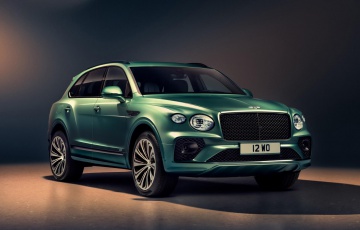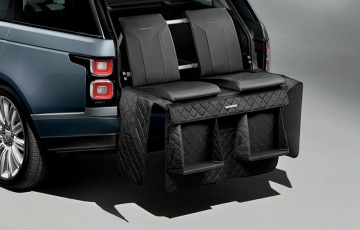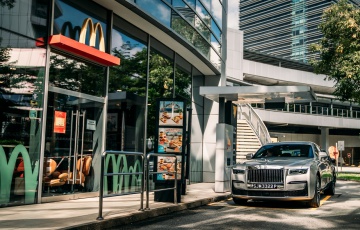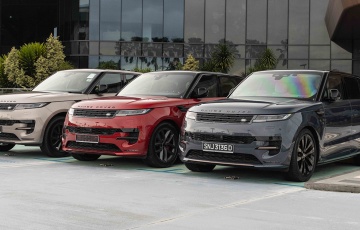Firing Range [COTY2016] : Range Rover Sport SVR Drive [review]
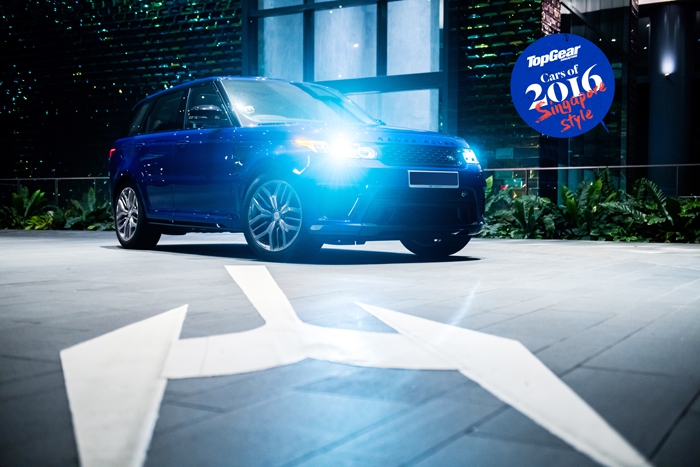
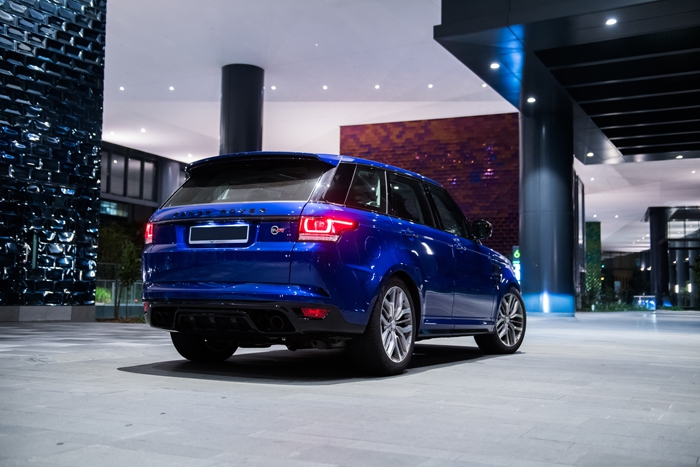
Singapore – Range Rover brings us some tub-thumping block rockin’ beats with the Range Rover Sport SVR (or RRS SVR from now on), a real hoon of a SUV if we’ve ever seen one, especially if you’re better accustomed to the brand’s more genteel offerings.
Compared to the staid Vogue, the ‘regular’ Range Rover Sport already feels sharper and more agile, but is still very much ‘more of the same’.
In case you’re wondering, ‘SVR’ is to LR/RR what ‘M’ and ‘AMG’ are to BMW and Mercedes-Benz respectively, so if you imagine the SVR to be just a tarted-up version of the regular RRS, you’d be wrong. Very wrong.
(Click HERE for our COTY2016 Intro to check out the rest of our Star Cars of 2016)
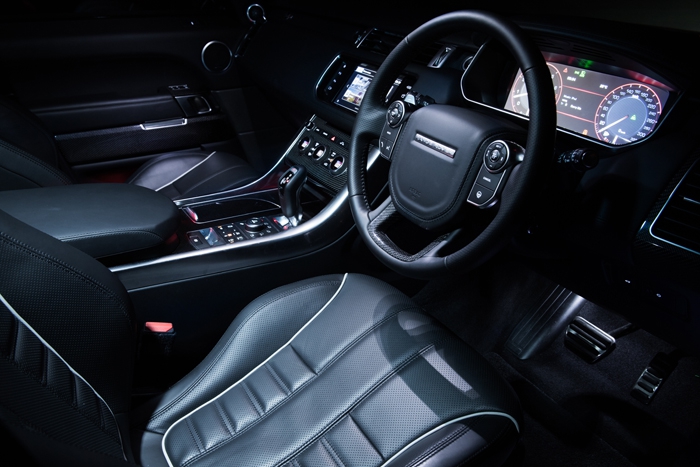
Creating a special vehicle requires more effort from the manufacturer than merely throwing a heap-load of parts at a car in the hope that something sticks, or the social media rah-rah is loud enough to drown out any mediocrity.
As far as the RRS SVR is concerned, every mechanical and tactile component is properly selected and tuned to ensure everything works with everything else by the brand’s Special Vehicle Operations (or SVO) team.
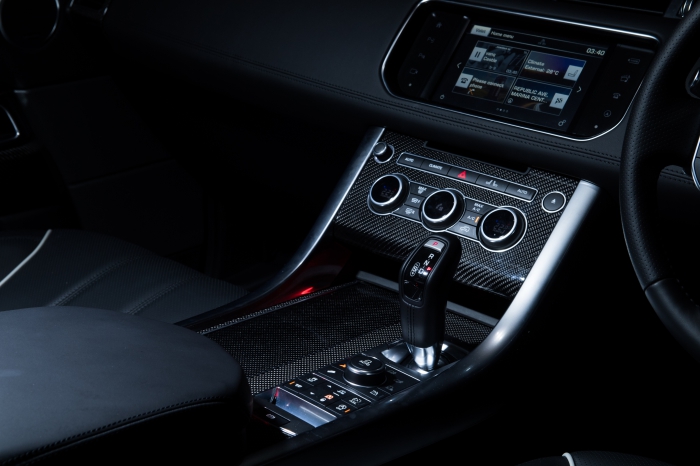
Of course, if a review is based on hard figures alone, any car anorak with a couple of pints in him/her could rattle-off the SVR’s 4.7secs 0-100km/h sprint time, 260km/h top speed or 8min 14sec ‘Ring lap-time, but we like to think that there’s more to our jobs than regurgitating the marketing guff – although we wouldn’t complain if there were a couple of pints in our bellies either!
In the performance arms-race of recent years, there’s been a lot of hype over absolute figures in the lead-up to any new model launch, but real-road results can tend to be less emotive.
Sure the cars feel bullet-ballistic fast, but are otherwise ‘numb’ to drive, because as you probably know by now, ‘fast’ and ‘fun-to-drive’ are mutually-exclusive variables.
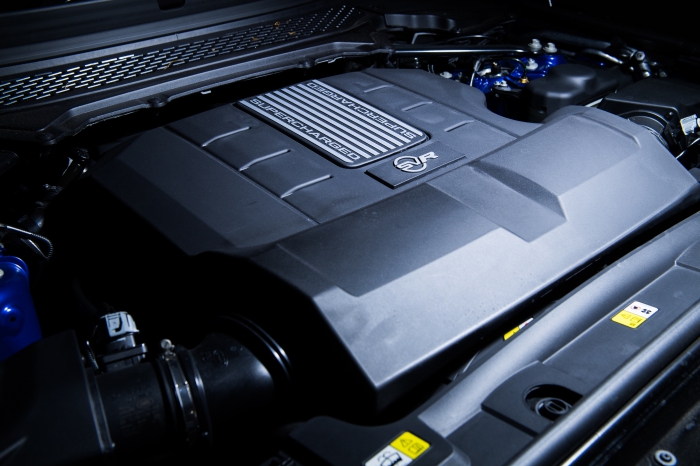
The SVR isn’t the fastest SUV around, but it is blessed with a charismatic personality that is larger than its physical size, and it’s not all-shout and no substance either.
We’re talking about real hoots and giggles that should upturn any preconceived notion you have about the traditional Range Rover brand.
During our time with the SVR – and with all our Cars of 2016 awardees for that matter – the underlying theme was to get-out-and-drive... anyhow, anywhere, anywhen.
Given the slew of test-cars we go through in a year, this is more of an exception than the norm, hence it’s a qualifying trait for our Singapore-style Cars of the Year.
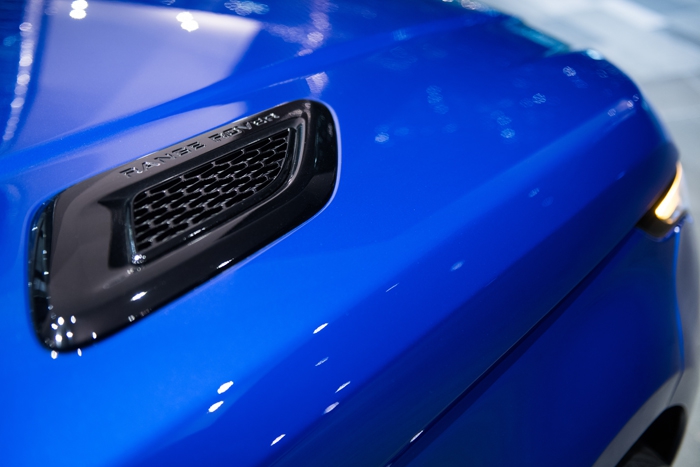
Like all of the LR/RR family, the SVR cuts an imposing presence on the road, especially in the electrifying Estoril Blue unique to the model.
Despite its size, the proportions are so finely nuanced that unless there’s a frame of reference, you’d be hard-pressed to tell the Rangie shops at the ‘Big-and-Tall’ store.
The sports bucket seats and driving ergonomics are ‘natural’ enough that petite drivers can enjoy the SVR’s lofty elevation without feeling dwarfed within the cabin confines – even one as comfortable as the SVR’s carbonfibre/leather clad one may be – or feel intimidated piloting it through traffic.
Naturally, keen-eyed enthusiasts would have spotted the visual details that differentiate the SVR from the regular model, such as the fender vents, larger front air-intakes, wheel-arch extensions, discreet ‘SVR’ badging and quad tailpipes, and that’s assuming you haven’t been blown away by the thunder from the supercharged V8’s exhaust soundtrack at full-flight.
On the inside, there’s ample space and a sense of solid-hewn quality that rivals the Bentayga’s, which boil down to the little details, like the SVR’s lovely, well-damped hinges of the carbonfibre-clad cubby-bins that have been integrated under the front door-handles, for instance.
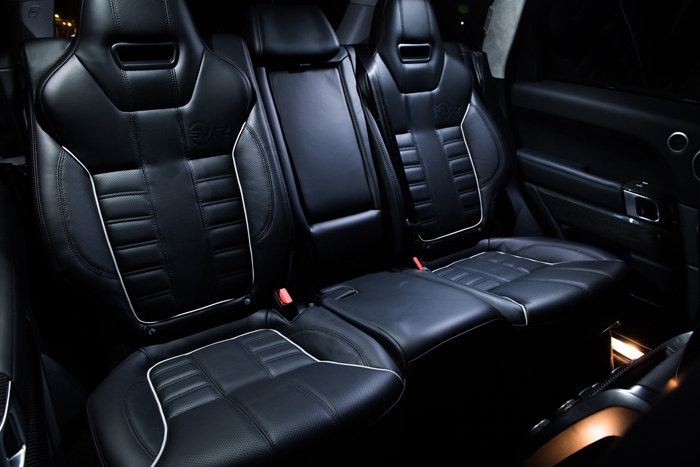
Ride quality tends to suffer on SUVs that try to be sportscars, so you end up toggling between the pre-set damper settings to find a sweet spot for the roads and highways, which is where I daresay 99 per cent of such cars spend their lives.
However, this isn’t the case with the SVR, which is more a sporty SUV than SUV sportscar, with steering, brakes and chassis to match.
Driven in anger in real-world conditions, the SVR will snap gleefully at the heels of leaner, meaner and more sporty machines.
If anything, the SVR’s ride is more pliant than on the regular RRS, and in ‘Dynamic’, body-control improves even further without the ride quality deteriorating.
The SVR’s other party trick resides under the bonnet: a charismatic and fabulously vocal supercharged V8 that also sees service in the Jaguar F-Type R and F-Type SVR, albeit in a slightly higher state of tune for the latter.
The 5.0-litre produces 550hp and a mammoth 680Nm. This doesn’t translate to as vicious a driving experience as you might imagine, especially if your prior experience has been with turbocharged cars.
The SVR’s pace is rapid rather than rabid, with a surprisingly civilised style of power delivery and a rate of forward propulsion that is deceptively sedate, if not for the glorious music erupting from the tail-pipes.
Thankfully, the soundtrack accentuates and complements the motoring experience, as opposed to overwhelming the comfort of the cabin.
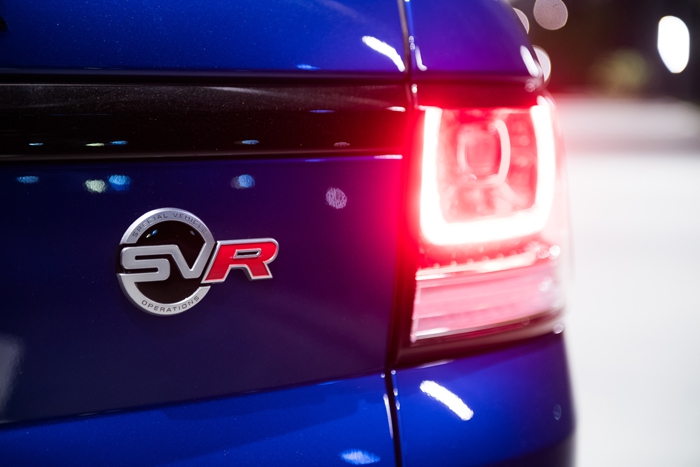
As we mentioned earlier, there’s a fine line between a SUV attempting to behave like a sportscar and a sporty SUV, but the SVR straddles it perfectly in Range Rover’s inimitable style and puts it rivals in front of the firing range.
In fact, the few people we put in its driver’s seat were captivated by its allure both in terms of performance, as well as the SVR’s complete luxury package. You might not believe it possible from Range Rover, but the brand has created a compelling alternative to the usual performance SUV suspects.
PHOTOS/VIDEOS Zotiq Visuals
Range Rover Sport SVR
Engine: 4999cc, V8, supercharged
Power/rpm: 550hp/6000-6500rpm
Torque/rpm: 680Nm/3500-4500rpm
Transmission: 8spd auto
0-100km/h: 4.7secs
Top speed: 260km/h
Fuel consumption: 12.8l/100km
CO2: 298g/km
This feature was first published in TopGear Singapore #59 (Feb'17)






